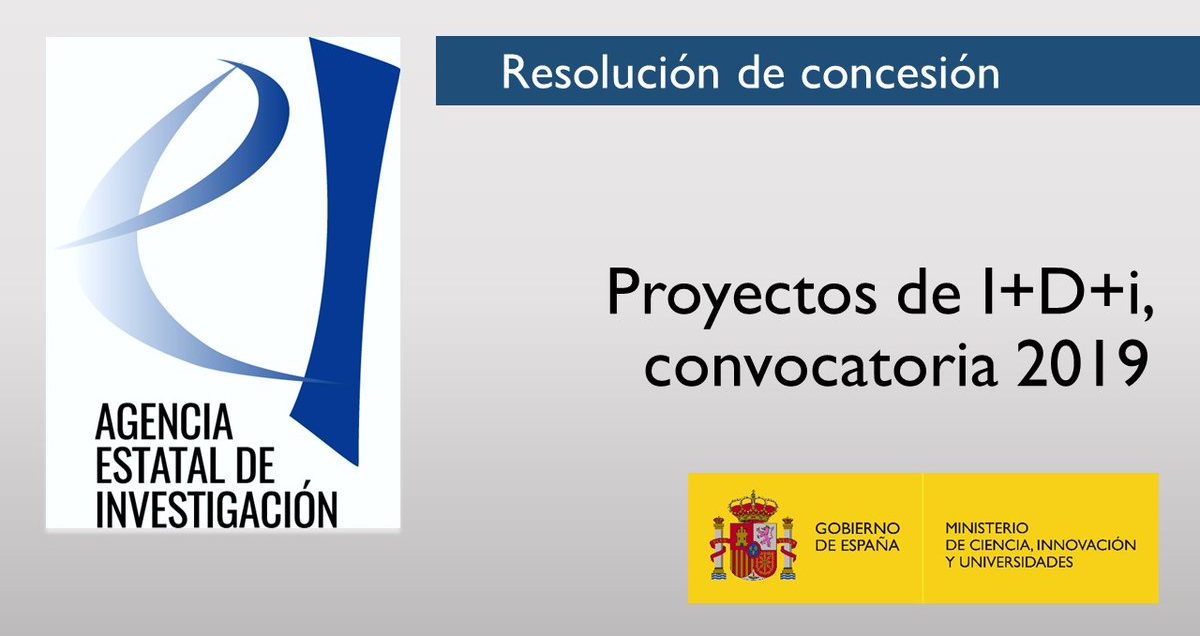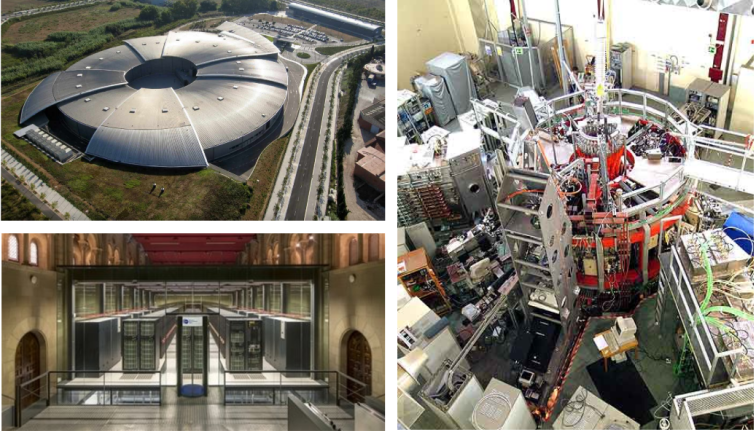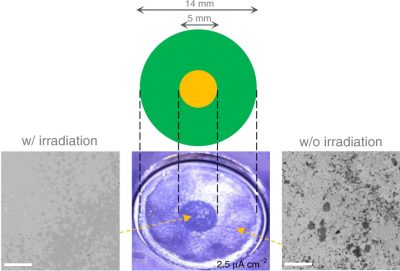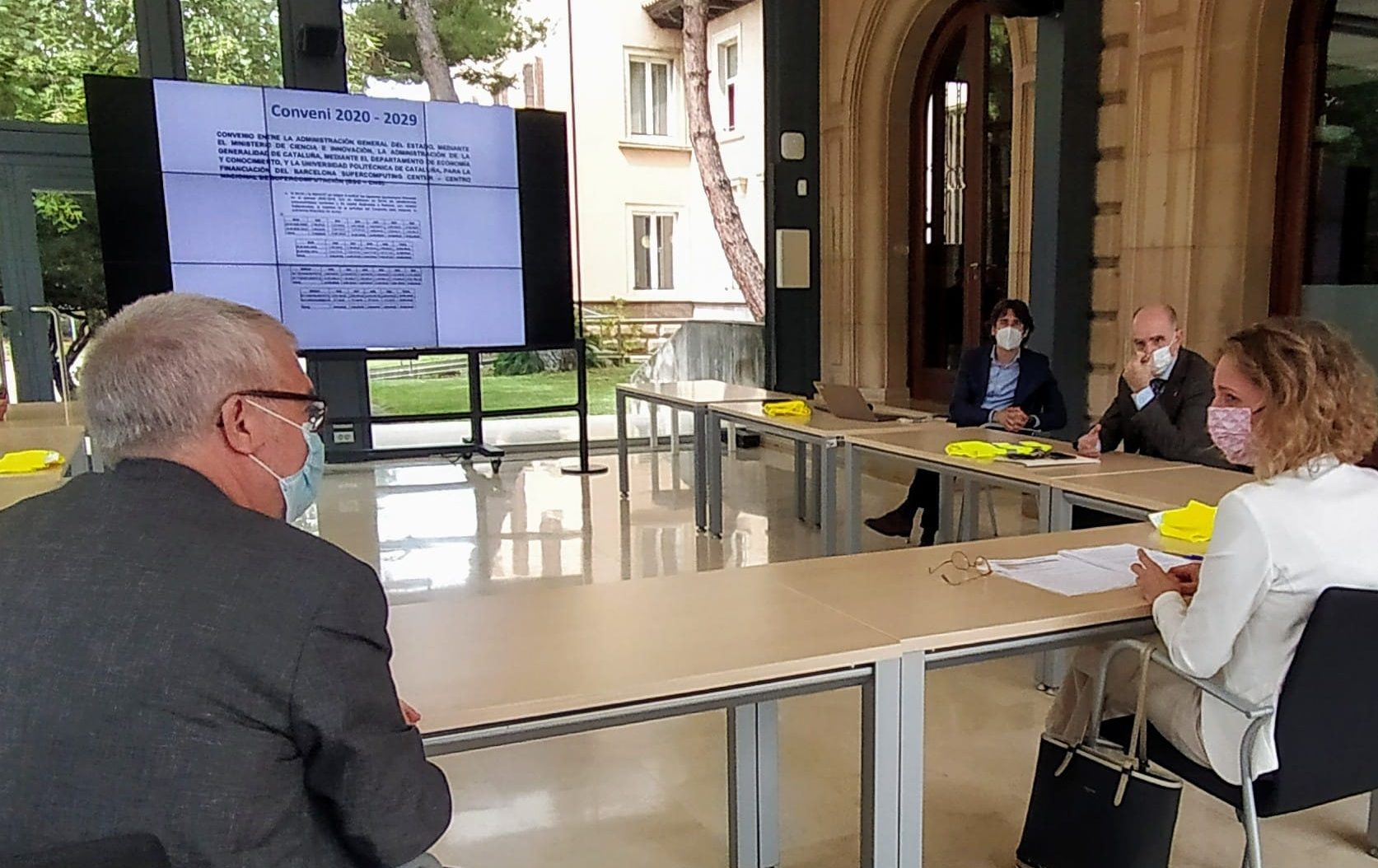
We are pleased to announce that our group has been awarded a new research project within the State R&D Program Oriented to the Challenges of the Society 2019 in Spain. It was one of the almost 3000 projects financed by the Ministry of Science and Innovation with a total program budget of 363.13 M€.
Our new project FUSION CODES II is a continuation of our earlier FUSION CODES project (2016-2019) by three more years. As its predecessor, it is directed towards contributing to the development of nuclear fusion as a safe, clean, and virtually limitless energy source for future generations. In particular, it is directed towards ITER, an international nuclear fusion R&D project, which is currently building the world’s largest experimental tokamak nuclear fusion reactor in southern France. ITER aims to demonstrate that fusion energy is scientifically and technologically feasible. It is the bridge towards DEMO, a first fusion energy plant that will demonstrate large-scale production of electricity.





